In the year 1695, a Jesuit researching the history of Hungary in the Vatican archives came across a series of valuable documents on the subject.
They recounted the journeys made by a monk named Julianus to that confusing area where eastern Europe merges with western Asia during the Middle Ages, reporting an encounter with a Hungarian-speaking people and an imminent Tatar invasion.
The Archivum Secretum Apostolicum Vaticanum , official name of what we normally know as Vatican Archives , is so vast in size that, they say, if aligned its shelves would cover a length of eighty-five kilometers.
It is possible that the data is not exact but there is no doubt that its bibliographic holdings they are conclusive, the result of the production, compilation and conservation of documents since its official foundation in 1610, although in reality sections had already been in operation since the 4th century.
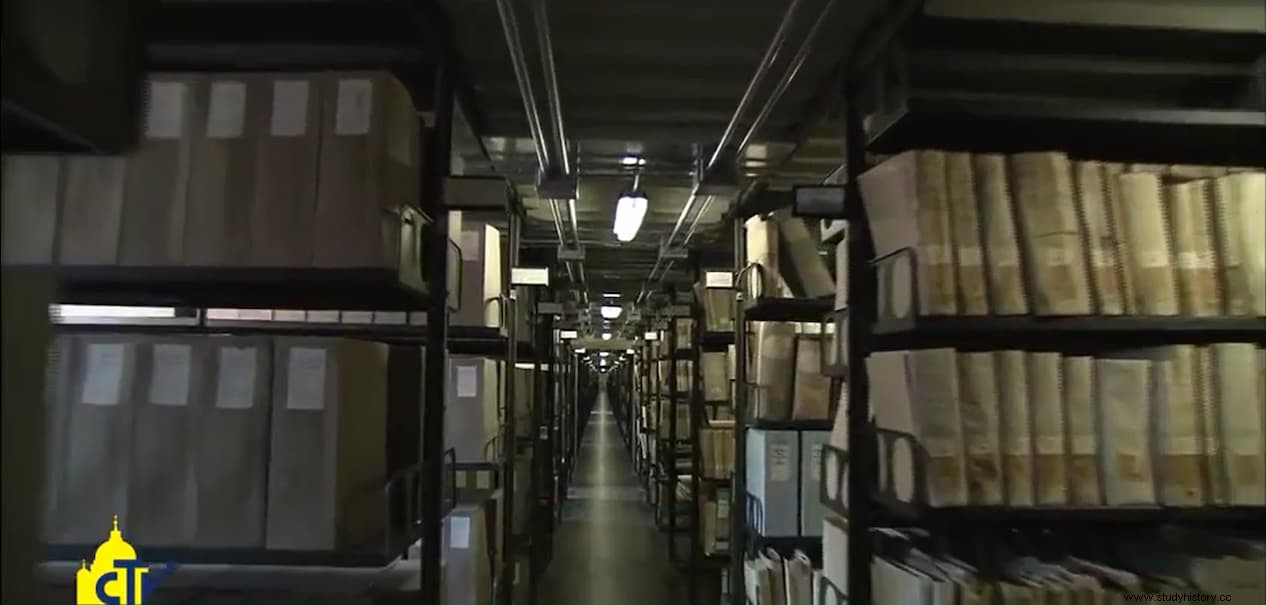
It is, therefore, a particularly appropriate place for research -although only part of it is open to the public- and it is not surprising that from time to time exceptionally curious documents are found.
Martin Cseles , which was the name of the Jesuit historian, was born in 1641 in Rosindol (Rózsavölgy), a town that today is part of Slovakia. He entered the Society of Jesus in 1657, studying philosophy, theology and Canon Law to be posted to Rome a few years later, at the service of Cardinal Kollonich Lipót Esztergom.
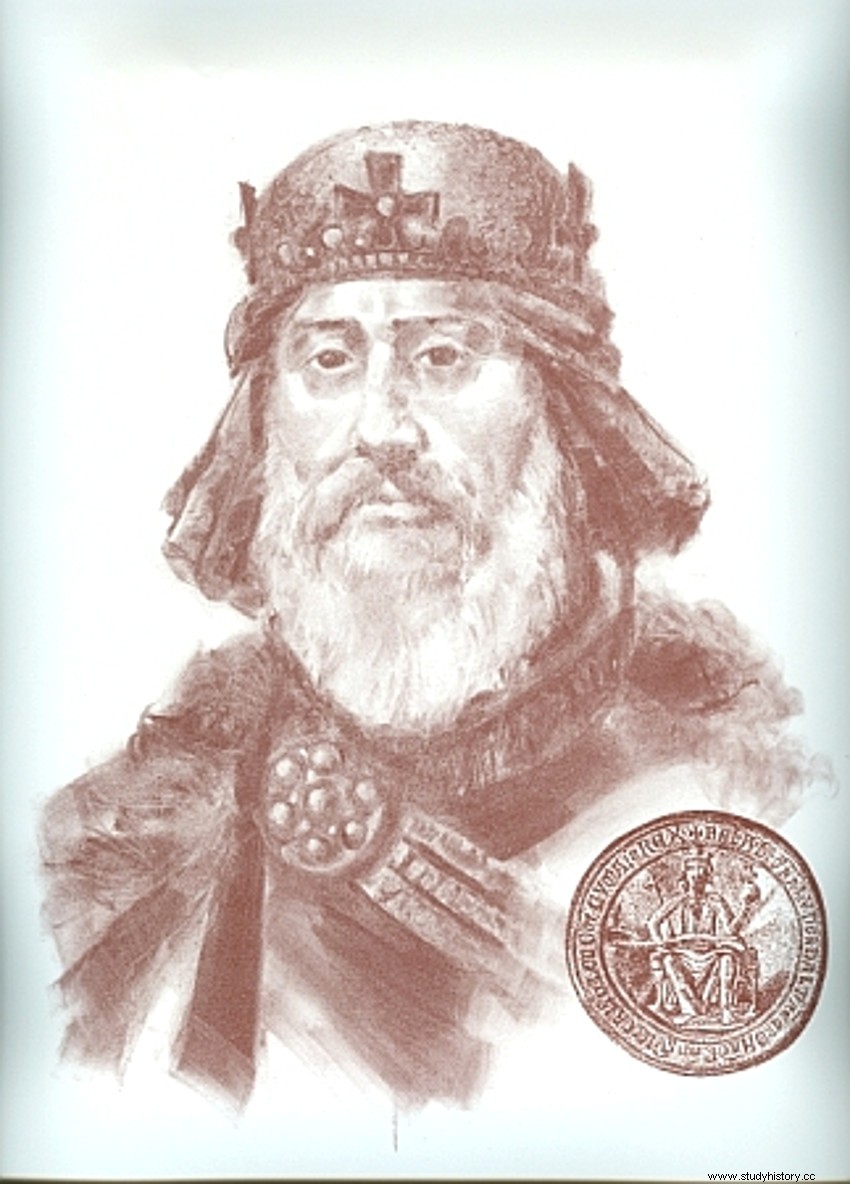
At the same time, Cseles had been appointed rector of the University of Nagyszombat and in 1695 he was swimming among files to document the history of Great Hungary when that unpublished work by brother Julianus appeared, very useful to better understand the geographical and ethnographic aspects of the work.
Julianus was a Dominican , probably of Hungarian origin, who traveled twice to Central Asia on a diplomatic mission, investigation and probably also espionage commissioned by King Béla IV .
The first was made between 1235 and 1236, leaving in the spring from the village of Újfalu in the company of three other religious whose names (except one, Gerhardus) have not transpired as they died during the journey (another version says that they turned around due to disagreement). ).
With the intention of finding what was known as Ungaria maior or Ungaria magna , the original territory of the Magyars , Julianus and Gerhardus passed through Constantinople, through the so-called Christian Kingdom of Sichia (perhaps Scythia, whose king, he related, had a hundred wives) and the Black Sea, resting for a few months in Torginkán.
Then they set off again and a little over a month later they reached a Muslim town called Bunda, where Julianus stayed only because of the death of his partner.
This did not deter him from his mission and he continued on. Thus he reached Bashkiria, known as Volga Bulgaria , a region located between the current republics of Tatarstan and Chuvasia (which are part of the Russian Federation).
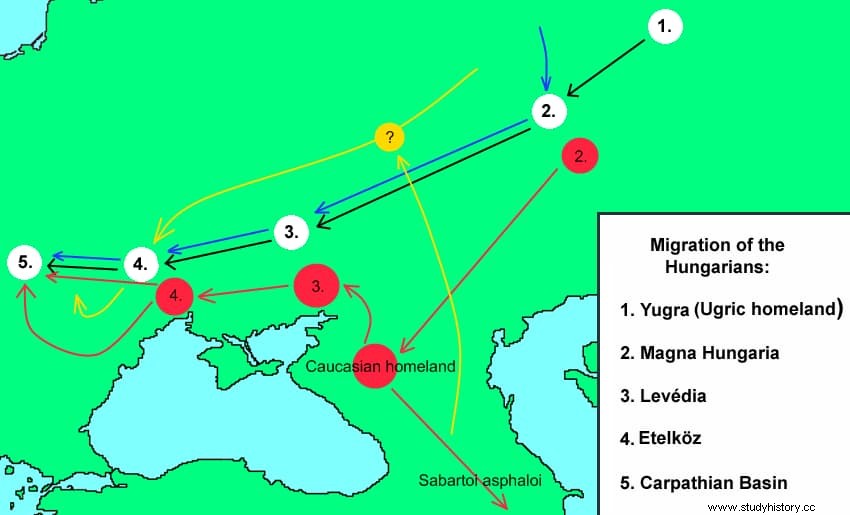
In the eastern part of that place, a Hungarian woman told him that two days later there was a town of that language. Of course, Julianus continued in the indicated direction and, sure enough, he discovered a town whose people spoke Hungarian; presumably, they were left behind during the migrations to Europe five centuries earlier, when Magyars, Volga Bulgars, and Turks crossed the region successively.
Today it is believed that the first split into two groups between the second half of the 8th century and the middle of the 9th, one following the emigration to the south while the other remained settled in the Ungaria magna; the one Julianus had just found at last.
The Dominican returned to his country to inform the king, who commissioned a new trip to deepen the study of the Eastern Hungarians and establish diplomatic relations with them. The journey took place between 1237 and 1238 but the mission could not be fulfilled because at that time the situation had completely changed in Volga Bulgaria, having fallen into the power of the Tartars .
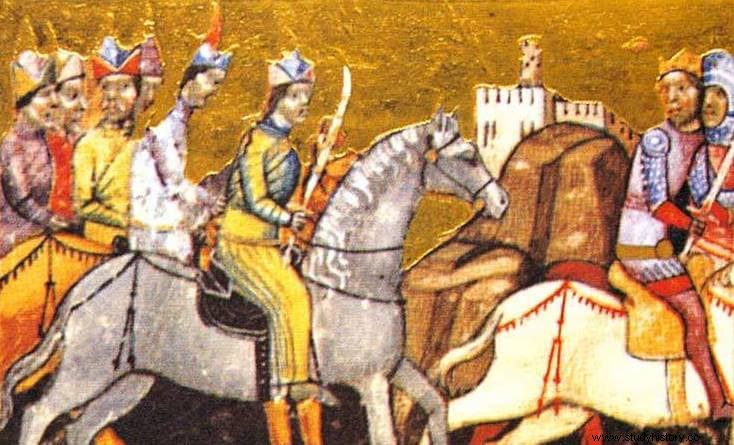
To be exact, the Mongols (at that time they were generically designated Tartars), who were led by a grandson of Genghis Khan called Batu Khan , ruler of the so-called Blue Horde (one of the two khanates into which the Mongol Empire was divided; the other was the White Horde, led by his older brother Orda Khan).
Batú had begun a campaign with the aim of conquering Europe led by the prestigious general Subotai , whose troops advanced seizing everything they found in their path:part of Russia, Poland, the Danube area and Transylvania, after which they even defeated Béla and continued devastating Bohemia, Dalmatia and Austria, thus originating a new and huge khanate called the Golden Horde . Only the death in 1242 of his uncle Ogodei, the Great Khan, interrupted that unstoppable wave because Batu tried to succeed him and his attention was diverted to Asia .
During these events, Julianus could not find the Eastern Hungarians this time, perhaps exterminated by the Mongols. In fact, Batú commissioned him to convey to Béla's court the surrender ultimatum which, as we saw, was rejected and ended with a defeat in the battle of Mohi (1241) so resounding that the royal family had to flee and take refuge in Austria.
Julianus wrote the account of his first voyage with the help of an amanuensis named Riccardus; apparently a copy was sent to Rome, for Pope Gregory IX, which was the one found by Martin Cseles.
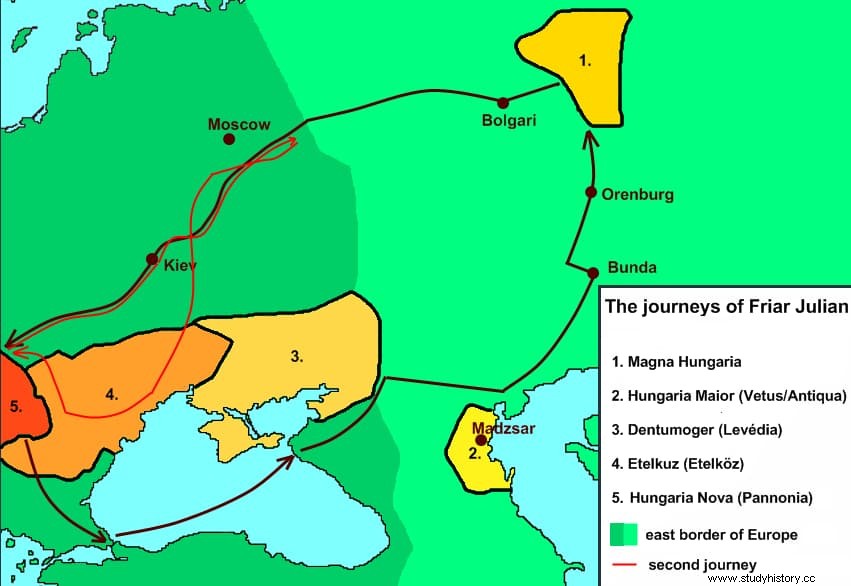
The narration of the second trip was already made by Julianus alone, titling it Levél a tatárok életéről (Letter on the life of the Tartars) because in the absence of new information about Magna Hungary he focused on describing the Mongol invaders .
It is unknown what became of Julianus's life from then on, but his personal odyssey contributed decisively to the later success of the study of Cseles and as a guide for a trip that another monk, Guillermo de Rubruk, would carry out in those parts some years later. But that's another story.
